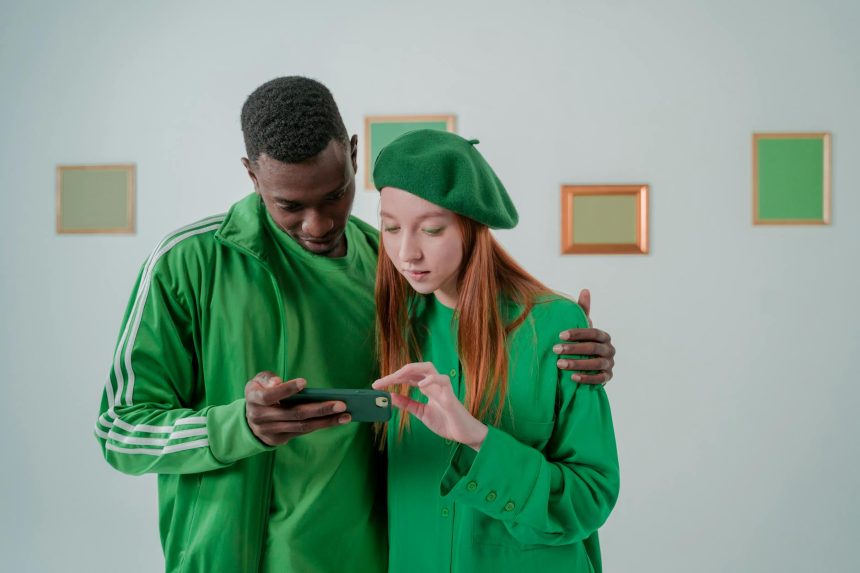social-politically-engaged-art
Social and Politically Engaged Art: Why Its Impact Endures
Art has always been a powerful mirror, reflecting society’s triumphs and tribulations. But what happens when art steps beyond mere reflection and actively seeks to shape public discourse? This is the realm of Social and Politically Engaged Art, a vibrant and often provocative field where creative expression becomes a catalyst for change. From ancient murals to contemporary installations, artists have harnessed their craft to challenge norms, spark dialogue, and inspire action.
Understanding Social and Politically Engaged Art
At its core, Social and Politically Engaged Art is not just about aesthetics; it’s about purpose. It deliberately addresses social issues, political injustices, human rights, environmental concerns, and power dynamics. This form of art aims to provoke thought, evoke empathy, and sometimes, even instigate protest.
Unlike art that merely exists for beauty or personal expression, engaged art often carries a clear message. It seeks to connect with an audience on a deeper, more critical level, encouraging them to question the status quo. The intent is to move beyond passive observation to active engagement with the presented themes.
Historical Roots of Art as Commentary
The tradition of art serving a social or political function is ancient. Cave paintings can be seen as early forms of communal expression, while Roman sculptures often glorified imperial power. Later, the Renaissance saw artists like Goya critique war’s brutality, and the Mexican Muralism movement used public art to tell stories of revolution and national identity.
These historical precedents demonstrate art’s consistent role in documenting, questioning, and influencing societal narratives. Artists have long understood the visual medium’s unique ability to transcend language barriers and communicate complex ideas powerfully. This legacy continues to inform contemporary practices.
The Modern Landscape of Engaged Art
Today, Social and Politically Engaged Art takes countless forms, from traditional paintings and sculptures to performance art, digital media, and community-based projects. Artists leverage diverse platforms to reach wider audiences and address pressing global issues. They often collaborate with activists, scientists, and local communities to amplify their message.
This collaborative approach highlights a shift from individual artistic genius to collective impact. The focus moves from the artist’s personal vision to the shared experience and dialogue generated by the artwork. This fosters a sense of collective responsibility and shared purpose.
Why Socially Engaged Art Matters Now More Than Ever
In an increasingly complex and interconnected world, the role of art in social commentary is vital. It offers a unique lens through which to examine difficult truths and imagine alternative futures. Here’s why its impact continues to endure:
- Sparks Dialogue: Engaged art initiates conversations that might otherwise remain unspoken. It creates a safe, yet challenging, space for discussing sensitive topics.
- Fosters Empathy: By presenting diverse perspectives and human experiences, this art helps viewers understand different realities. This emotional connection can bridge divides.
- Challenges Power Structures: Artists often critique authority, expose injustice, and give voice to marginalized communities. This can be a powerful tool for accountability.
- Inspires Action: While not always explicit, the goal is often to move audiences from contemplation to tangible action, whether through advocacy, protest, or personal change.
- Documents History: Engaged art serves as a historical record, capturing the social and political climate of its time for future generations. It provides insights into past struggles.
Impactful Exhibitions and Their Legacy
Exhibitions dedicated to socially and politically engaged art play a crucial role in bringing these works to the public. These shows often curate diverse voices, presenting a comprehensive look at specific issues or movements. They provide platforms for artists whose work might challenge commercial norms.
Consider the lasting influence of shows that bring together artists addressing climate change, racial injustice, or gender inequality. These curated experiences are not just displays of talent; they are educational opportunities and calls to consciousness. For a deeper look into how museums engage with contemporary issues, explore resources like the Tate Modern’s exploration of art and activism.
Navigating the Challenges and Opportunities
Creating and exhibiting socially and politically engaged art is not without its challenges. Artists may face censorship, backlash, or difficulty securing funding. However, these obstacles often fuel even more innovative and resilient forms of expression.
The opportunities, however, are immense. Digital platforms have expanded reach, allowing artists to connect with global audiences instantly. Community art projects empower local voices, making art a truly democratic process. The growth of educational programs focused on art’s social impact further strengthens this field.
To truly appreciate the depth and breadth of this artistic movement, consider these approaches:
- Research the Context: Understand the historical, social, and political backdrop against which the art was created.
- Engage with the Message: Don’t just look; critically analyze the artist’s intent and the questions they raise.
- Seek Diverse Perspectives: Explore art from various cultures and backgrounds to broaden your understanding of global issues.
- Visit Local Exhibitions: Support museums and galleries that champion engaged art, such as those that feature local artists addressing community concerns.
- Discuss and Debate: Share your thoughts and listen to others’ interpretations to enrich your own appreciation and understanding.
For further reading on the intersection of art and social change, the Museum of Modern Art’s articles on art and protest offer valuable insights.
Conclusion: The Enduring Power of Artistic Advocacy
Social and Politically Engaged Art remains an indispensable force in shaping human consciousness and driving progress. It challenges us to look beyond the surface, to question, to empathize, and ultimately, to act. As long as there are issues to address and stories to tell, artists will continue to wield their brushes, cameras, and voices as tools for advocacy, ensuring that art’s vital impact endures for generations to come. Explore the impactful art in your community today!
© 2025 thebossmind.com
Discover the profound influence of Social and Politically Engaged Art. Explore how artists challenge norms, spark dialogue, and drive change through powerful exhibitions, shaping our world.
socially engaged art protest mural activism art exhibit
Featured image provided by Pexels — photo by cottonbro studio







